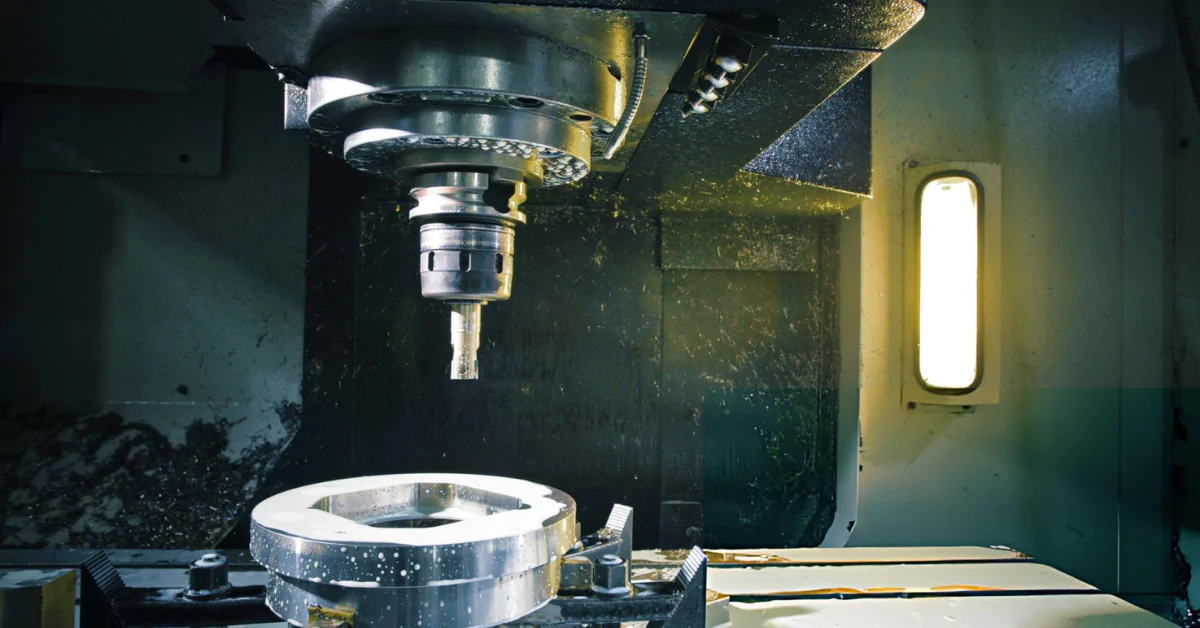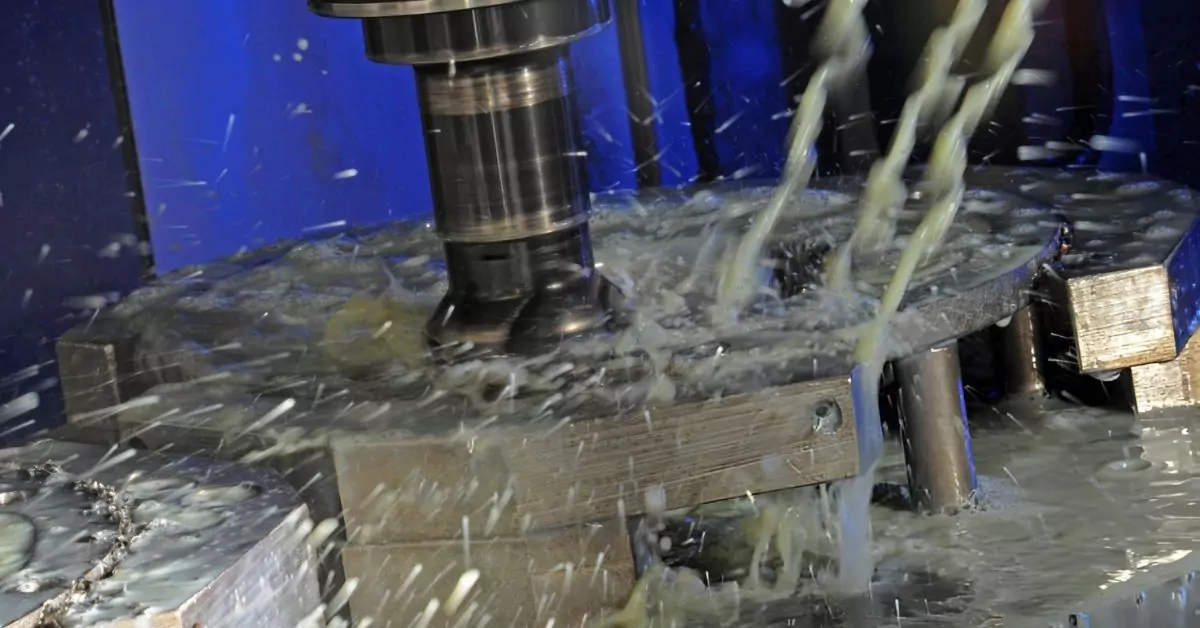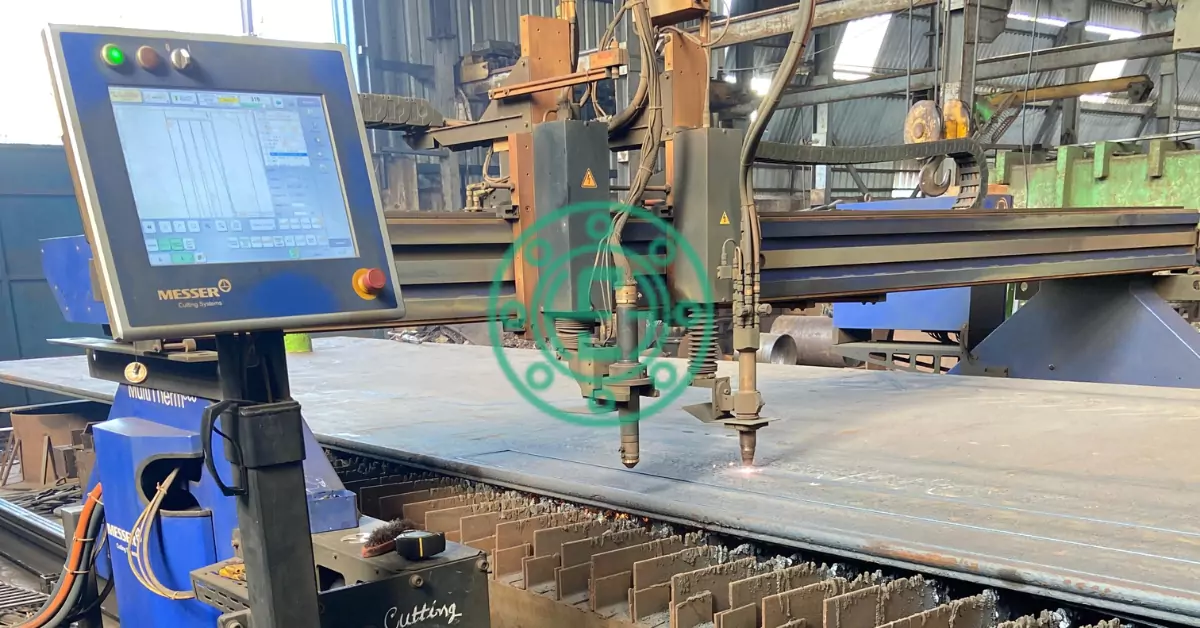Introduction to CNC Machining
CNC Machining, which stands for Computer Numerical Control, is an advanced manufacturing process that utilizes computers to control machine tools. CNC machines are highly precise, automated, and programmable, making them indispensable in various industries such as automotive, aerospace, and metalworking.
Understanding CNC Machining begins with recognizing its key components, CNC machine tools, and its ability to execute intricate tasks such as metal cutting and milling. Let’s explore the components of CNC machines, how they work, and their applications across industries.
What is CNC Machining?
A CNC machine refers to any tool that is controlled by a computer. It uses a programmed sequence of commands to perform specific operations, such as cutting, milling, and turning. The term NC machine refers to “Numerical Control” machines, which are predecessors to modern CNC machines.
In CNC machining, precise movements of the tool or workpiece are made based on a computer-generated program, resulting in higher precision and repeatability compared to traditional manual methods.
Components of CNC Machining
The main components of CNC machines are designed to ensure accuracy and consistency. Below are the key components of CNC machines:
- Control Panel: The CNC machine control panel is where the machine operator inputs the program code.
- Drive Motors: These motors are responsible for moving the machine tools in the X, Y, and Z axes.
- Machine Tool: This is the actual device that performs the machining operations such as cutting or shaping the material.
- Feedback System: Ensures the tool or workpiece is moving to the correct position as specified by the program.
- Power Supply: Provides the necessary energy for all the machine components to function.
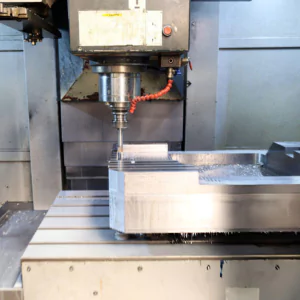 Types of CNC Machines and Their Applications
Types of CNC Machines and Their Applications
There are various types of CNC machines based on the application. Some common types of CNC machines include:
- CNC Milling Machines: Used for drilling, boring, and cutting metal into various shapes.
- CNC Lathes: Ideal for turning operations on cylindrical workpieces.
- CNC Plasma Cutters: Used for metal cutting, particularly on sheet metals.
- CNC Laser Cutters: These are used for precise cutting and engraving.
Each of these machines can be operated using CNC programming, which can be done manually or by using a CNC machine language.
Working Principle of CNC Machine
Understanding how a CNC machine works is essential in grasping the whole process. The working principle involves the following steps:
- Programming: The operator inputs the required design and specifications into the CNC software.
- Execution: The CNC machine follows the program instructions and begins the machining process.
- Movement: The machine tool moves in predefined paths to shape or cut the material.
- Finishing: Once the desired shape is achieved, the machine stops, and the final product is checked for accuracy.
Features of CNC Machine
The features of CNC machines offer a range of benefits for manufacturers:
- High Precision: CNC machines ensure high precision in complex designs, eliminating human error.
- Automation: With the ability to run continuously, CNC machining boosts productivity and reduces labor costs.
- Flexibility: These machines can handle different materials and make various products.
- Customization: Different CNC machine products can be manufactured according to customer specifications.
Applications of CNC Machining
CNC Machining is used across numerous industries for manufacturing precision parts. Some applications include:
- Automotive Industry: For manufacturing parts like engine components, gears, and chassis.
- Aerospace: Creating complex parts for airplanes and helicopters.
- Medical Devices: Manufacturing CNC machined medical components like implants and surgical instruments.
- Electronics: Producing components such as connectors and circuit boards.
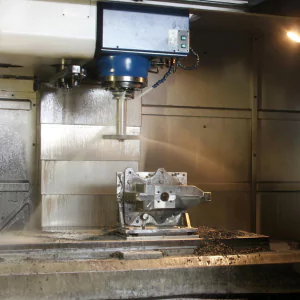 CNC Machining Business Opportunities
CNC Machining Business Opportunities
The rise of CNC machining companies has led to an increase in CNC machining business opportunities. Many businesses are transitioning from traditional machining methods to CNC technology due to its efficiency, accuracy, and cost-effectiveness.
CNC machining companies are leveraging advanced CNC tools to offer a wide range of services, including CNC milling, CNC turning, and CNC prototyping.
Benefits of CNC Machining
The benefits of CNC machining include:
- Increased Efficiency: CNC machines run continuously and can produce large quantities of parts with minimal supervision.
- Reduced Error Rate: High precision and automation ensure minimal errors during production.
- Cost-Effectiveness: While the initial setup cost of a CNC machine may be high, the long-term savings in labor and materials are significant.
Limitations of CNC Machining
Despite its many advantages, CNC machining has certain limitations:
- Skill Requirement: Operating CNC machines requires specialized knowledge and training in CNC programming.
- Material Restrictions: While CNC can work with many materials, harder materials may require specific tools or machines.
CNC machining plays an integral role in modern manufacturing, offering unparalleled precision and efficiency for a wide range of industries. From the basic components of CNC machines to the complex automation systems, CNC machine technology continues to evolve, enabling businesses to produce high-quality products with minimal human intervention. Whether it’s metal cutting CNC machine, CNC milling, or CNC machine programming, the versatility and reliability of CNC machining cannot be overstated. For businesses looking to implement or optimize CNC operations, partnering with a trusted CNC machining company like E S HAJI & CO. ensures superior results and long-term success.

